What is On-Page SEO and Why is it Important?
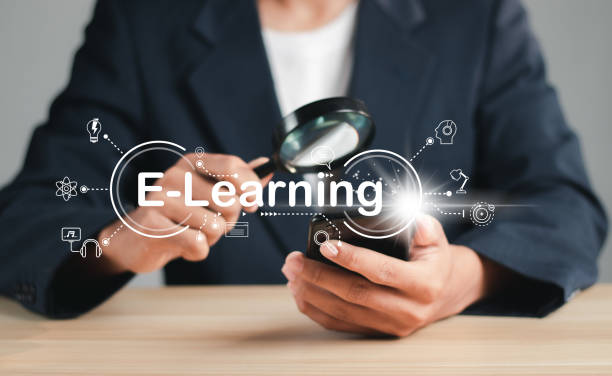
#On-Page SEO refers to a set of actions that are taken within a website to improve its ranking in search engines.
On-page SEO is highly important because it helps search engines better understand the content of the site and display it to more relevant users.
In fact, on-page SEO helps you have more control over how your site is ranked.
One of the most important aspects of on-page SEO is content optimization.
This includes using appropriate keywords, creating high-quality and relevant content, and optimizing images and videos.
More information about SEO.
Optimizing the site structure is also an important part of on-page SEO.
A good site structure helps search engines easily find and index the various pages of the site.
On-page SEO is essential for any business that wants to be seen online.
By implementing on-page SEO strategies correctly, you can improve your site’s ranking in search results and attract more traffic.
Ultimately, this will lead to increased sales and revenue.
Does your current company website not reflect your brand’s credibility and power as it should? Rasaweb solves this challenge for you with professional corporate website design.
✅ Increase the credibility and trust of visitors
✅ Attract more targeted customers
⚡ Click to get free advice!
Keyword Research: Finding the Best Phrases for On-Page SEO
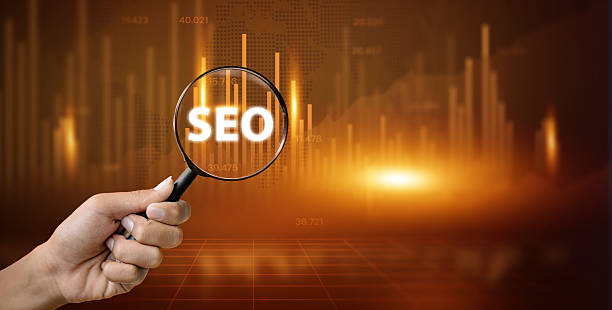
Keyword research is the cornerstone of any successful on-page SEO strategy.
This process involves identifying the phrases that users use to search for products, services, or information related to your business.
By understanding these phrases, you can optimize your site’s content to rank higher in search results.
There are many tools available for keyword research, including Ahrefs, Moz Keyword Explorer, and Google Keyword Planner.
These tools help you find search volume, competition levels, and related keywords.
After finding the right keywords, you should use them strategically in your site content.
This includes using keywords in page titles, meta descriptions, main text, and image alt tags.
However, it is important to avoid keyword stuffing, as this can lead to penalties from search engines.
Your goal should be to create high-quality and relevant content that naturally incorporates keywords.
Optimizing the Title Tag and Meta Description
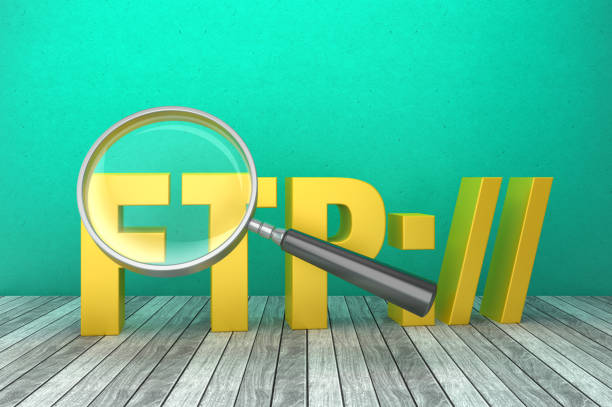
The Title Tag and Meta Description are two important HTML elements that are displayed in search results.
The Title Tag is the main title that appears at the top of the search result and in the browser tab.
The Meta Description is a short description that appears below the title tag in the search result.
Optimizing these two elements is very important for on-page SEO because they are the first things users see when searching.
An attractive and relevant title tag can encourage users to click on your link, while an accurate and concise meta description can provide more information about the page’s content.
To optimize the title tag, try to use your main keyword at the beginning of the title.
The title should be a maximum of 60 characters to be fully displayed in search results.
To optimize the meta description, try to provide an attractive and relevant description of the page’s content.
The meta description should be a maximum of 160 characters to be fully displayed in search results.
Use relevant keywords in the meta description as well, but avoid overusing them.
On-page SEO can improve your site’s ranking.
| Feature | Description |
|---|---|
| Title Tag | The main title of the page that appears in search results and browser tab. |
| Meta Description | A short description of the page’s content that appears below the title in the search results. |
Content Optimization: Creating High-Quality and Relevant Content

Content is king! This cliché, but true, sentence shows the importance of content in on-page SEO.
Search engines are looking to provide the best and most relevant results to their users.
Therefore, creating high-quality and relevant content is one of the most important factors in ranking your site.
High-quality content is content that is useful and valuable to users.
This includes providing accurate and complete information, answering users’ questions, and providing solutions to their problems.
Relevant content is content that is related to the keywords used by users when searching.
Improve your site’s on-page SEO by producing high-quality content.
To create high-quality and relevant content, you must fully understand the needs and interests of your audience.
Research what information they are looking for and what questions they have.
Then, design your content to meet these needs and answer these questions.
Use images, videos, and other multimedia elements to make your content more attractive.
Also, make sure your content is easy to read and understand.
Use short paragraphs, simple sentences, and subheadings to organize your content.
On-page SEO is of great importance.
Does your current website create the trust that potential customers should have in your business? If the answer is no, it’s time to have a professional and impactful corporate website with Rasaweb.
✅ Completely custom design tailored to your brand identity
✅ Increase lead generation and the credibility of your business in the eyes of customers⚡ Contact us for a free consultation!
Image Optimization: Reducing Size and Using Alt Tags
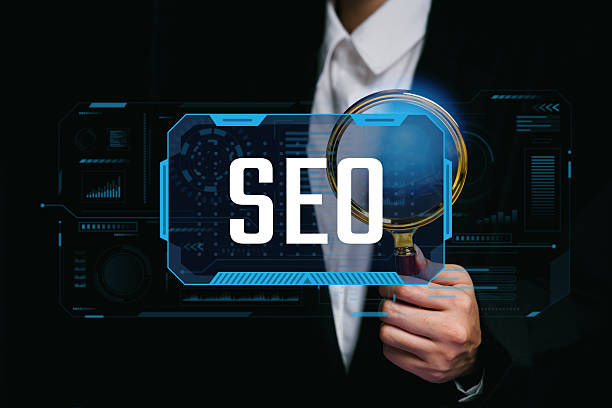
Images play an important role in attracting users’ attention and improving the user experience.
However, large images can slow down site loading speed and negatively affect on-page SEO.
Therefore, optimizing images for the web is essential.
The first step in optimizing images is to reduce their size.
You can use online tools like TinyPNG or ImageOptim to reduce image size without losing quality.
Also, try to use appropriate image formats such as JPEG for photographic images and PNG for graphic images.
Take on-page SEO of your website seriously.
In addition to reducing size, you should use Alt tags to describe your images.
The Alt tag is the text that is displayed instead of the image if it fails to load.
Search engines use Alt tags to understand the content of images.
Therefore, by providing accurate and relevant descriptions in the Alt tag, you can help search engines better understand your images and improve your site’s ranking in search results.
Try to use relevant keywords in the Alt tag as well, but avoid overusing them.
On-page SEO helps improve site ranking.
Site Speed Optimization: Improving User Experience and Ranking on Google
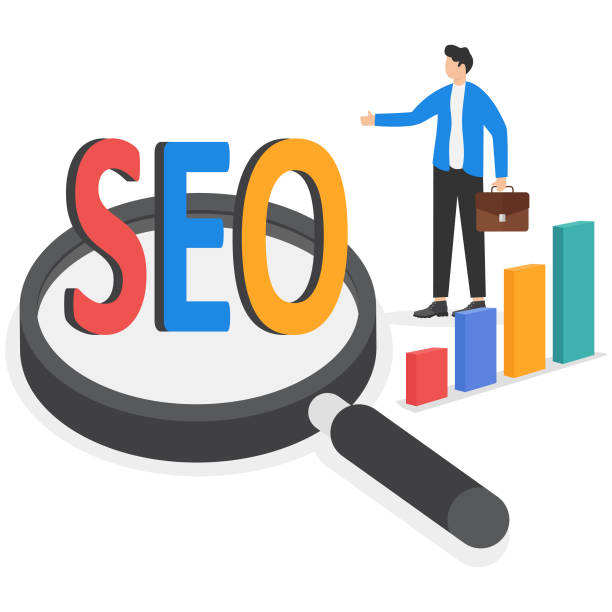
Site speed is an important factor in Google rankings.
Users expect web pages to load quickly.
If your site is slow, users will quickly leave it and go to other sites.
This leads to an increase in the Bounce Rate and a decrease in your site’s ranking in search results.
Google also gives a lot of importance to site speed and ranks faster sites higher.
To improve site speed, you can take various measures.
This includes optimizing images, reducing code size, using CDN (Content Delivery Network), and enabling Caching.
You can also use tools like Google PageSpeed Insights to identify speed problems with your site and implement the suggested solutions.
Optimizing site speed is a fundamental pillar of on-page SEO.
URL Structure: Creating SEO-Friendly and Readable URLs

URL structure plays an important role in on-page SEO.
SEO-friendly URLs are URLs that are short, descriptive, and contain relevant keywords.
Readable URLs are URLs that are understandable to users and help them understand what the page content is about.
Try to avoid long and complex URLs that contain incomprehensible numbers and letters.
Instead, use short and descriptive URLs that contain the main keywords of the page.
For example, instead of the URL `/page?id=12345`, use the URL `/blog/seo-internal`.
Also, try to use a hyphen (-) instead of an underscore (_) to separate words in the URL.
Search engines consider hyphens as word separators, while they consider underscores as a single character.
By creating SEO-friendly and readable URLs, you can help search engines better understand your site’s content and improve your site’s ranking in search results.
On-page SEO improves your site.
| Feature | Bad Example | Good Example |
|---|---|---|
| Length | /page?id=12345&category=67890&product=111213 | /blog/seo-internal-guide |
| Readability | /pg1?kwd=seo_onpage | /blog/what-is-on-page-seo |
| Keywords | /products/123 | /products/red-shoes |
Internal Linking: Creating a Network of Links Within the Site
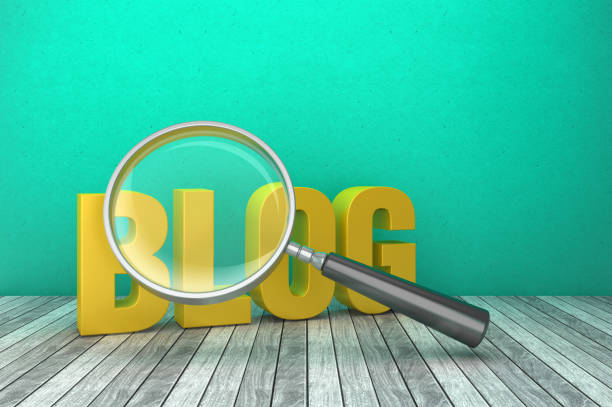
Internal linking is the process of creating links between different pages of your site.
This helps search engines better understand the structure of your site and identify more important pages.
Internal linking also helps users easily navigate your site and find the information they need.
By creating a strong network of links within the site, you can improve your site’s ranking in search results and enhance the user experience.
On-page SEO with linking helps you have a better rank.
When creating internal links, try to use appropriate Anchor Text.
Anchor text is the text that the user clicks on to be directed to another page.
Try to use relevant keywords in the anchor text to help search engines understand what the destination page is about.
However, avoid overusing keywords and try to place the anchor text naturally in the text.
On-page SEO helps improve the site structure.
Are you tired of missing business opportunities due to not having a professional corporate website?
Rasaweb helps you with professional corporate website design:
✅ Build a powerful and reliable image of your brand
✅ Turn site visitors into loyal customers
⚡ Get free advice right now!
Mobile Optimization: Ensuring the Site is Responsive
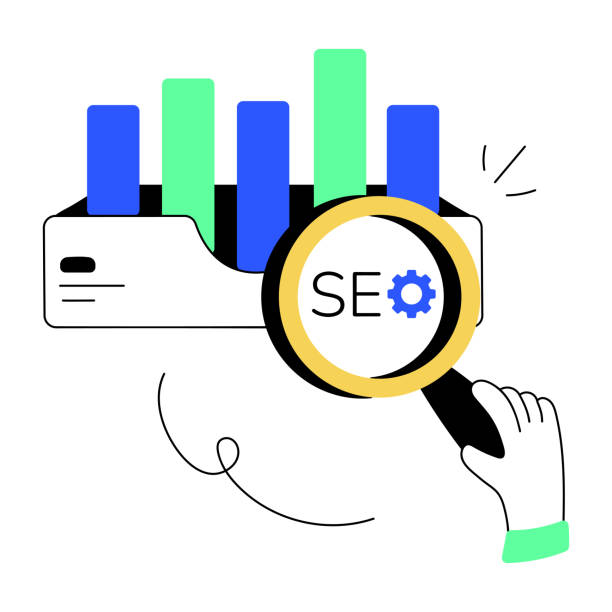
Today, more than half of web traffic comes from mobile devices.
Therefore, optimizing your site for mobile is essential.
Google also places great importance on the mobile user experience and ranks sites that are optimized for mobile higher.
A mobile-optimized site is a site that can be easily viewed and used on mobile devices.
This includes using Responsive Design, readable fonts, and large buttons.
By ensuring your site is responsive, you can improve the user experience for mobile users and improve your site’s ranking in search results.
You can also use the Google Mobile-Friendly Test tool to check if your site is optimized for mobile and fix any potential problems.
More information about mobile SEO .
On-page SEO helps you with this.
Continuous Review and Improvement: Monitoring Results and Making Changes
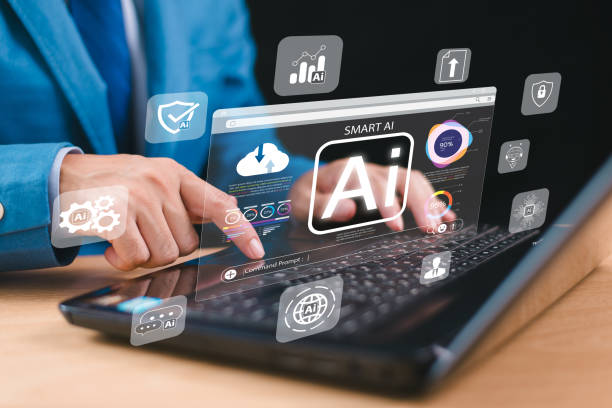
On-page SEO is an ongoing process.
After implementing on-page SEO strategies, you should regularly monitor your results and make changes if necessary.
You can use tools like Google Analytics and Google Search Console to monitor site traffic, keyword rankings, and other Key Performance Indicators (KPIs).
By reviewing this data, you can understand which strategies are effective and which strategies need improvement.
On-page SEO requires continuous monitoring and improvement.
For example, if you notice that your site traffic has decreased from a particular keyword, you may need to optimize your content for that keyword or create more internal links to the relevant page.
You should also regularly review Google’s algorithms and update your on-page SEO strategy as needed.
On-page SEO helps improve search results.
On-page SEO is an effective way to increase your site’s ranking.
More information about on-page and off-page SEO .
Improve your site’s ranking by doing on-page SEO.
Frequently Asked Questions
| Number | Question | Answer |
|---|---|---|
| 1 | What is On-Page SEO? | On-page SEO refers to a set of actions that are performed within a website and to optimize its pages in order to gain a better ranking in search results. |
| 2 | What is the most important factor in on-page SEO? | High-quality, relevant, and comprehensive content that meets the user’s needs is the most important factor in on-page SEO. |
| 3 | What role does the Title Tag play in on-page SEO? | The title tag is one of the most important factors that tells search engines and users what the page content is about. It should include the main keyword and be attractive. |
| 4 | How important is the Meta Description tag? | Although it does not directly affect the ranking, it is very effective on the click-through rate (CTR) in search results and encourages users to visit the page. |
| 5 | How is image optimization done in on-page SEO? | By using a suitable alt tag, compressing the image size to increase loading speed, and meaningfully naming the image file. |
| 6 | What is the importance of using headings (H1, H2, H3) in on-page SEO? | Headings help structure content, increase readability, and help search engines understand the hierarchy and subtopics of the content. |
| 7 | What does internal linking mean and what are its benefits? | Internal linking means creating links between different pages of a website. This helps distribute credit, improve user navigation, and assist search engine crawling. |
| 8 | Where should the main keyword (Focus Keyword) be placed on the page? | The main keyword should be in the title tag, meta description, H1, first paragraph, and naturally and throughout the text and, if possible, in the URL address. |
| 9 | What effect does duplicate or copied content have on on-page SEO? | Duplicate content can harm the site’s ranking and confuse search engines as to which version is original and may recognize it as spam. |
| 10 | How important is page loading speed in on-page SEO? | Page loading speed is an important ranking factor and directly affects the user experience. Slow pages increase the bounce rate of users. |
And other services of Rasa Web advertising agency in the field of advertising
Smart linking: A dedicated service for growing click-through rates based on user experience customization.
Smart Website Development: A creative platform to improve sales growth with custom programming.
Smart Marketing Automation: A professional solution for improving SEO ranking by focusing on attractive user interface design.
Smart Data Analytics: A creative platform to improve customer acquisition using real data.
Smart Direct Marketing: A combination of creativity and technology for managing campaigns by optimizing key pages.
And more than hundreds of other services in the field of internet advertising, advertising consulting and organizational solutions
Internet advertising | Advertising strategy | Advertorial
Resources
What is On-Page SEO? 20 Golden Techniques for Internal SEO of the Site
,What is On-Page SEO? Comprehensive guide to On-Page SEO optimization + Checklist
,What is On-Page SEO? Complete and Free On-Page SEO Training
,What is On-Page SEO? On-Page SEO Principles and Techniques (Image Tutorial)
?With Rasaweb Afarin, have a powerful presence in the digital world! From professional corporate website design to SEO optimization and social media management, we are your comprehensive digital marketing solution.
📍 Tehran, Mirdamad Street, next to the Central Bank, Southern Kazerun Alley, Ramin Alley No. 6
“`




